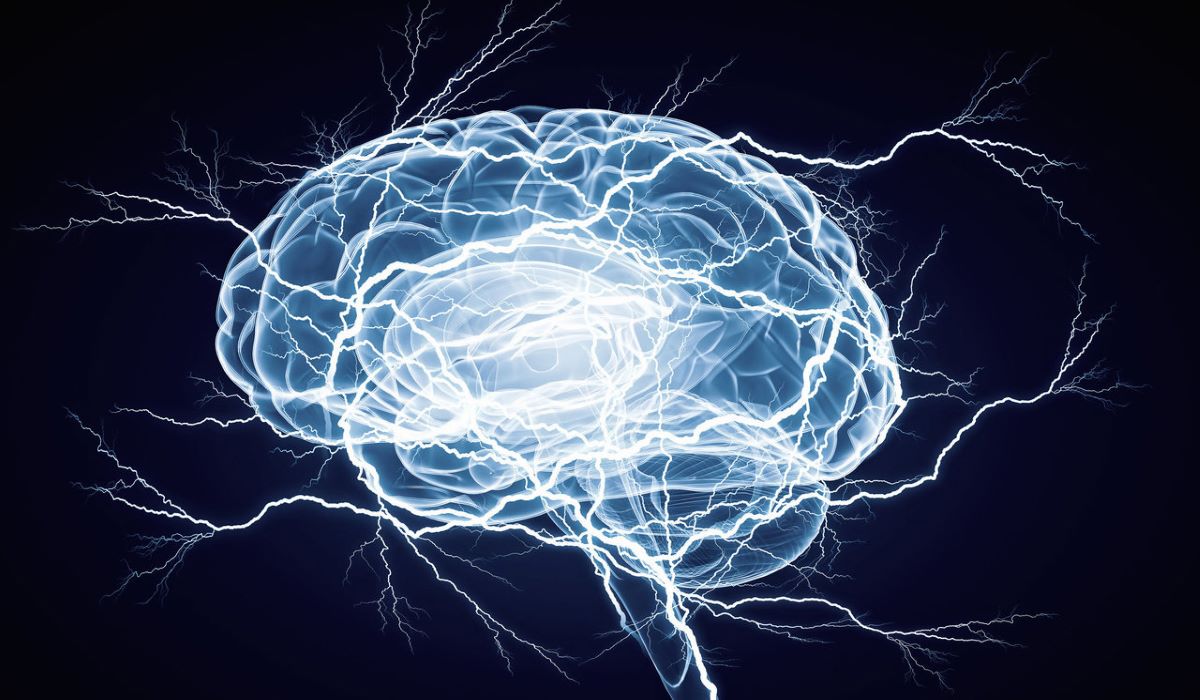ARTICLE SUMMARY:
The founding team of Neuroelectrics began more than 20 years ago to tackle challenging brain diseases requiring multidisciplinary solutions. How did it survive the long years that finally resulted in a personalized therapeutic device that’s now in pivotal clinical trials, and how did it stay relevant through a decade of technological disruptions? We spoke with Ana Maiques, the neurotech’s CEO, about the challenges of running a medical deeptech company.
Like many technology companies that have been working on brain diseases, Neuroelectrics Inc. (Barcelona and Boston), for the first two decades of its existence, looked very much like a research lab filled with scientists—lots of symbols on whiteboards, boxes and wires, and rows of people intently looking at computer screens, some wearing headgear embedded with electrodes. The company was born within Starlab, which, founded in 1999, was a research and development organization focused on the space and neurotechnology sectors.
When Starlab went bankrupt in 2001, its former employees Ana Maiques, who has a background in business, Giulio Ruffini, PhD, a mathematician and a physicist, and a third Starlab partner took over the Barcelona-based research division. In 2011, Maiques and Ruffini spun out Neuroelectrics, with Maiques as CEO and Ruffini as chief scientific officer.
Neuroelectrics aims to bring a personalized brain stimulation therapy to patients with epilepsy, depression, Alzheimer’s disease, Parkinson’s disease, and other brain diseases that just don’t have effective and durable treatments. To reach the most patients with a sustainable therapy, the company is focusing on a noninvasive device that patients can wear in their homes.

